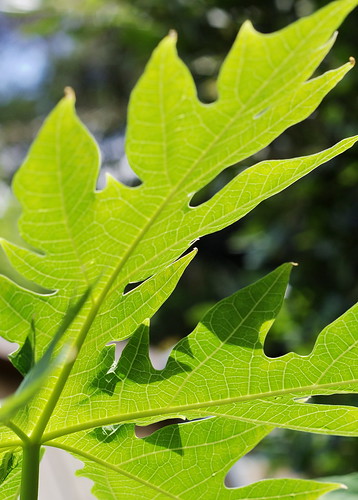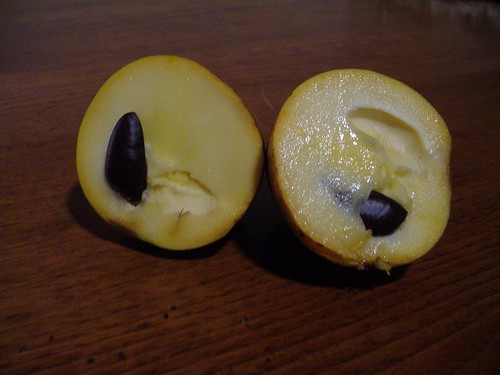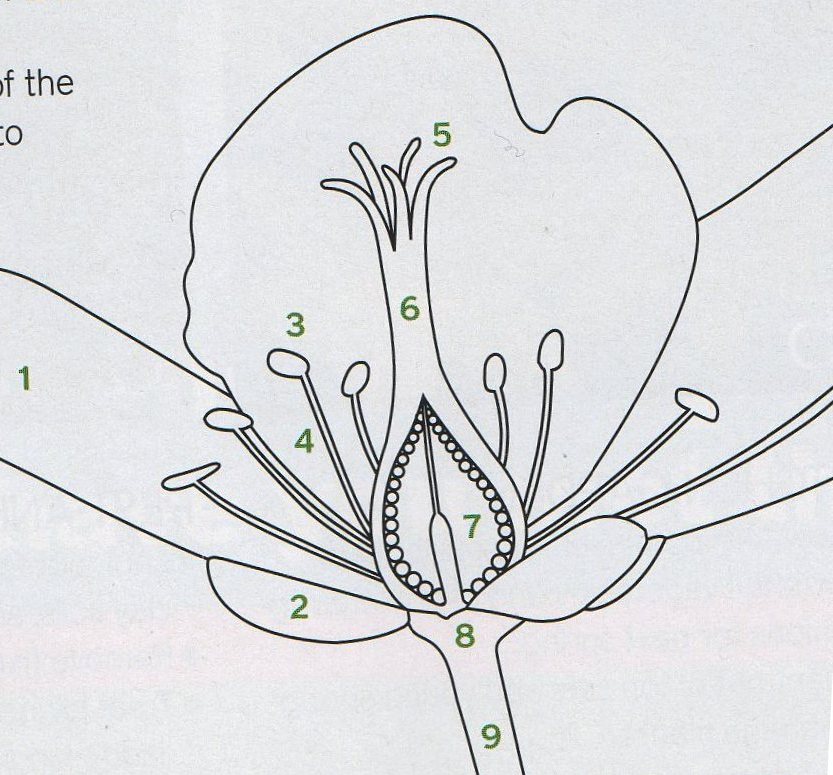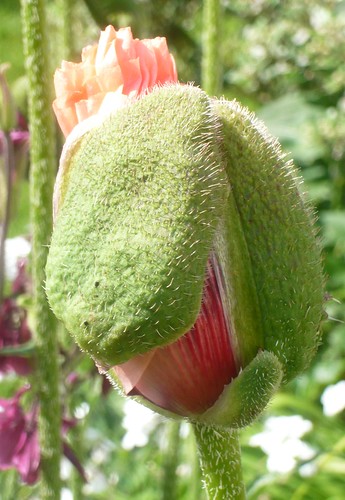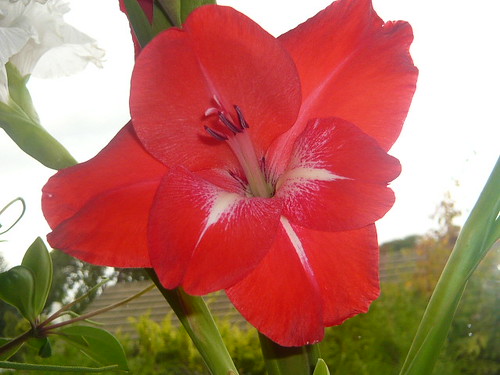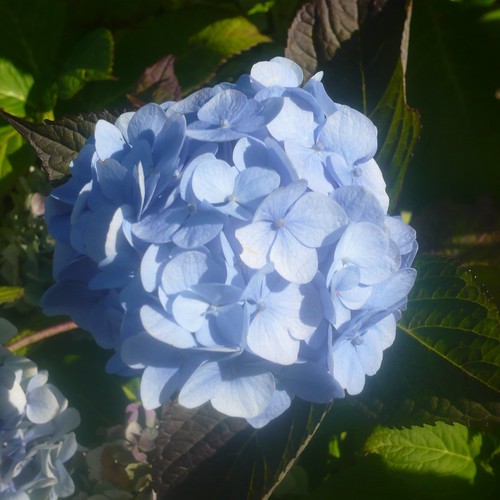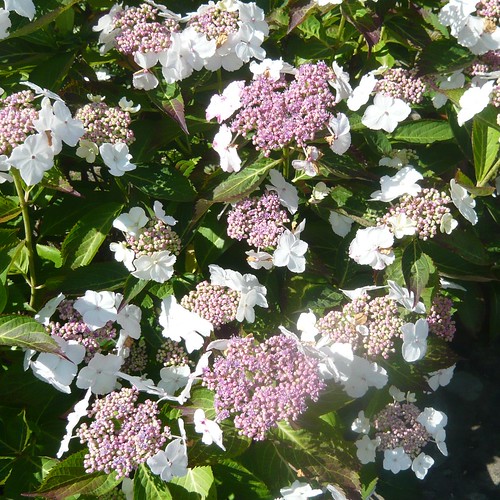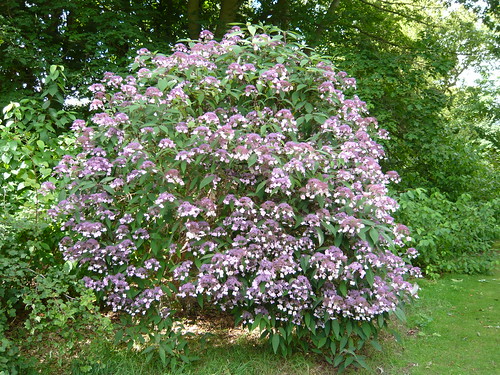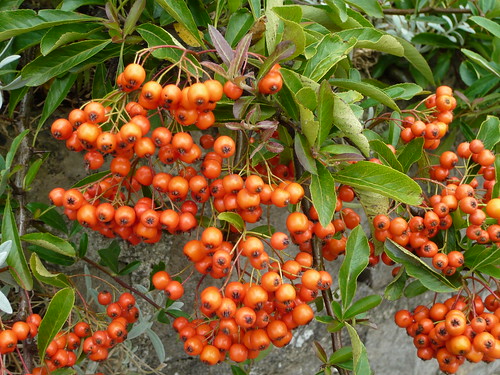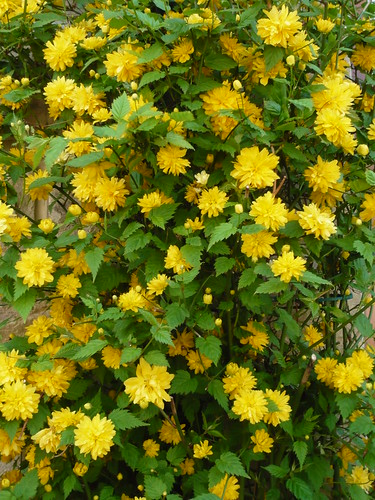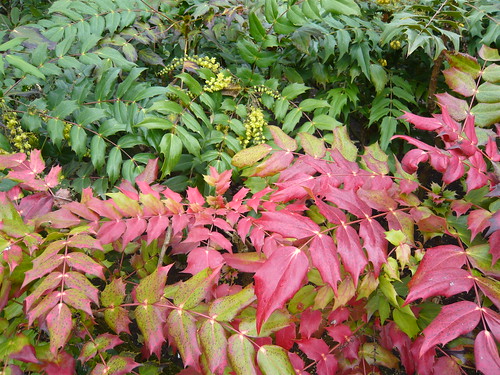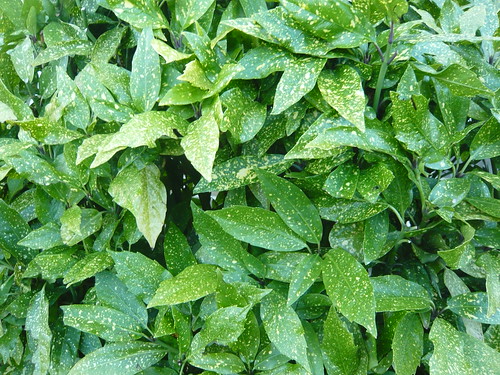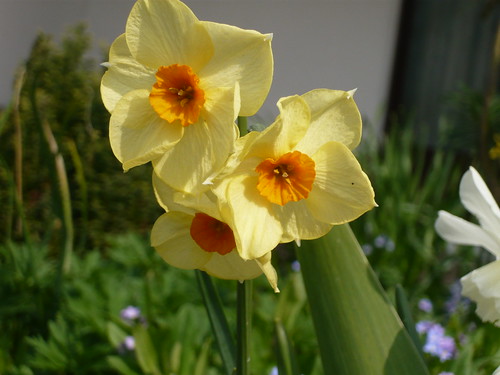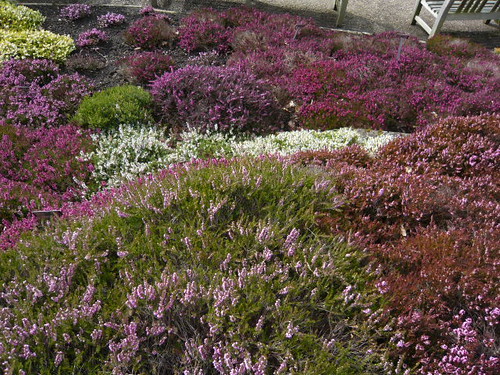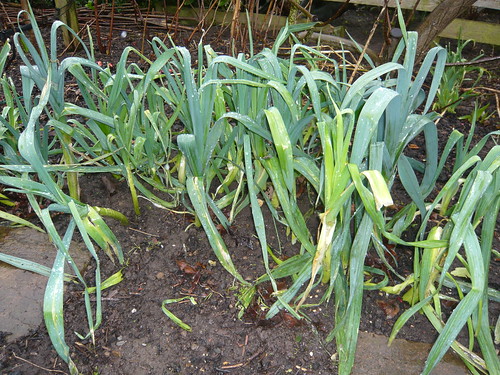Paw Paw Fruit Trees
I never thought about growing exotic fruit like the Paw Paw That was until I saw a tree for sale in Thompson Morgan’s catalogue. The sun accentuates the intricate pattern in this paw paw leaf.
Asimina triloba Papaw or North American Paw Paw
- This hardy pawpaw produces solitary, cup-shaped flowers and large, exotic foliage.
- During long, hot summers it will produce edible fruits with a delicious, tropical flavour, that can be harvested from September.
- In cool climates the Paw paw or Red Indian Banana forms an attractive multi-stemmed plant that makes an unusual addition to the shrub border with its buttery yellow autumn foliage.
- Pawpaws are self fertile, and pollinated by insects, however the chances of pollination will improve when growing more than one paw paw.
- Alternatively the flowers can be hand pollinated.
- Height and spread to 19’ so they do need a spacious garden.
- Happiest in full sun or dappled shade
‘Pawpaw (Asimina) is a genus of small clustered trees with large leaves and fruit. Growth Habit: The pawpaw is a deciduous, often narrowly conical tree growing from about 12 feet to around 20 feet. Pawpaw trees are prone to producing root suckers a few feet from the trunk. When these are permitted to grow, the single-clone pawpaw patch comes into being. The prevailing experiences of many individuals is that the pawpaw is a slow grower, particularly when it is young. However, under optimal greenhouse conditions, including photo-period extension light of approximately 16 hours, top growth of up to 5 feet can be attained in three months. …
